Detailed content
Technical Specifications
- Model: Bently 330130-080-12-05
- Type: Vibration Sensor (Accelerometer)
- Measurement Range: Designed to measure vibration in terms of acceleration, with sensitivity and range specifications tailored for various monitoring needs. Exact details depend on the configuration.
- Output Signal: Typically provides an analog output. For this model, it usually outputs a standard 4-20 mA signal.
- Sensitivity: The sensor’s sensitivity determines its response to vibration, often specified in mV/g (millivolts per gravitational acceleration) or similar units.
- Frequency Response: Capable of measuring a broad range of frequencies. Specific frequency range details are defined by the sensor’s design.
- Operating Temperature Range: Generally operates within a wide temperature range, such as -40°C to +85°C (-40°F to +185°F), allowing it to function in various environmental conditions.
- Protection Rating: Usually has a high protection rating, such as IP67, which indicates it is dust-tight and can withstand temporary submersion in water.
Features
- High Accuracy: Provides precise vibration measurements, which are crucial for detecting small changes and potential issues in machinery.
- Durability: Built to endure harsh industrial environments, making it suitable for use in demanding conditions.
- Stability: Offers reliable performance over time, contributing to consistent monitoring and analysis.
- Compatibility: Easily integrates with various vibration monitoring systems, making it versatile for different applications.
Application Scenarios
- Machinery Condition Monitoring: Used extensively for monitoring the health of rotating equipment such as motors, pumps, and compressors. The sensor helps in early detection of faults through vibration analysis.
- Predictive Maintenance: Plays a key role in predictive maintenance strategies by providing data that helps forecast equipment failures before they occur, thereby minimizing downtime and maintenance costs.
- Industrial Automation: Utilized in automated systems to ensure continuous monitoring of machinery, aiding in smooth and efficient operation of production lines.
- Power Generation and Oil & Gas: Applied in critical infrastructure like power plants and oil & gas facilities to monitor vital equipment and prevent unexpected breakdowns.
Usage Considerations
- Installation: Proper installation is crucial for accurate readings. Ensure the sensor is mounted in an optimal location where it can effectively measure relevant vibrations.
- Calibration: Regular calibration is essential to maintain the sensor’s accuracy and reliability over time.
- Maintenance: Routine maintenance and inspection of the sensor are important to ensure it continues to function correctly and to address any potential issues.


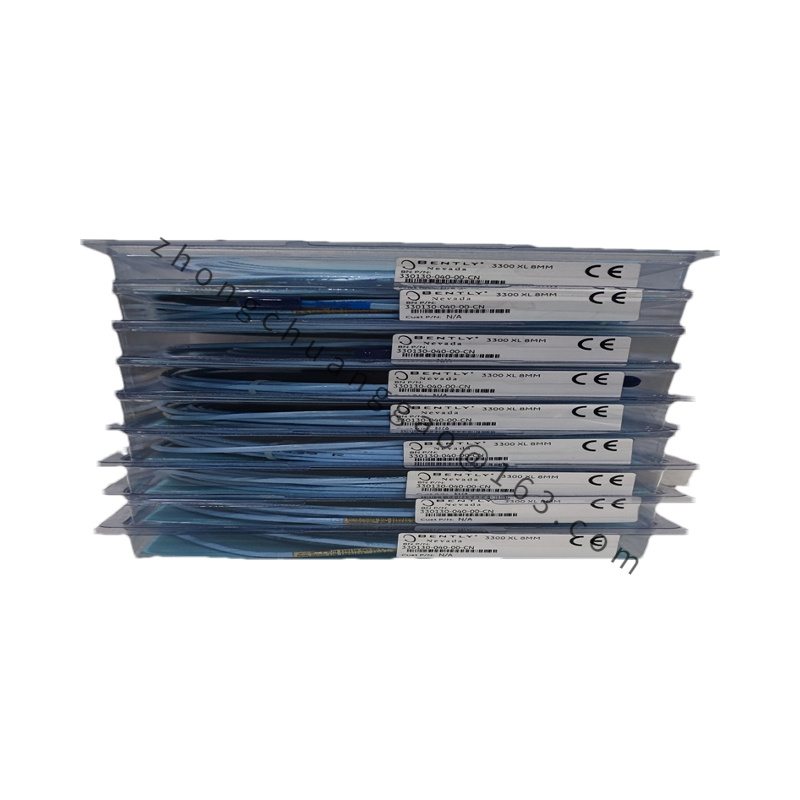
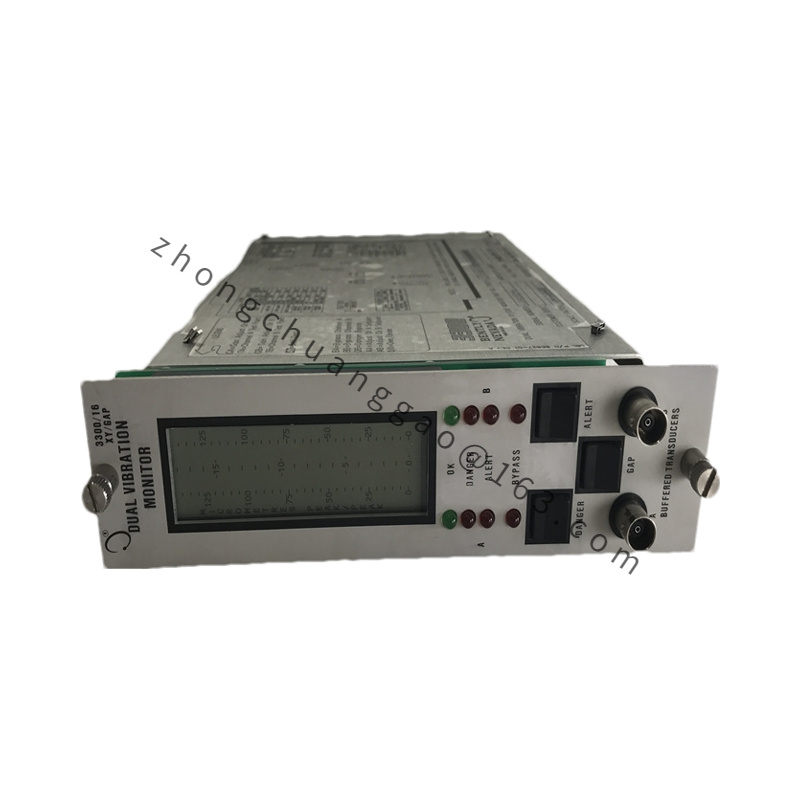
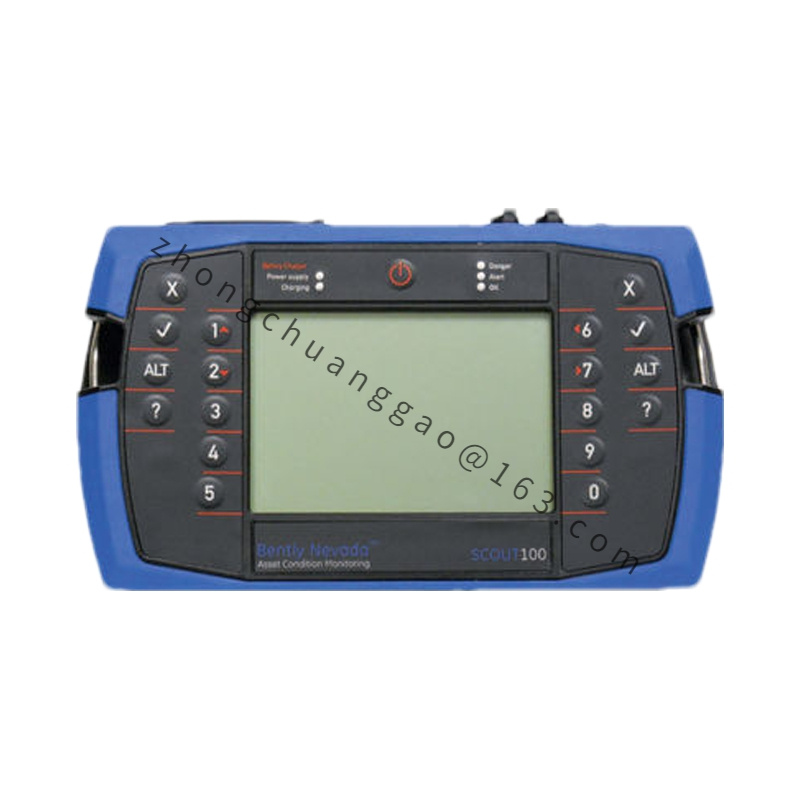
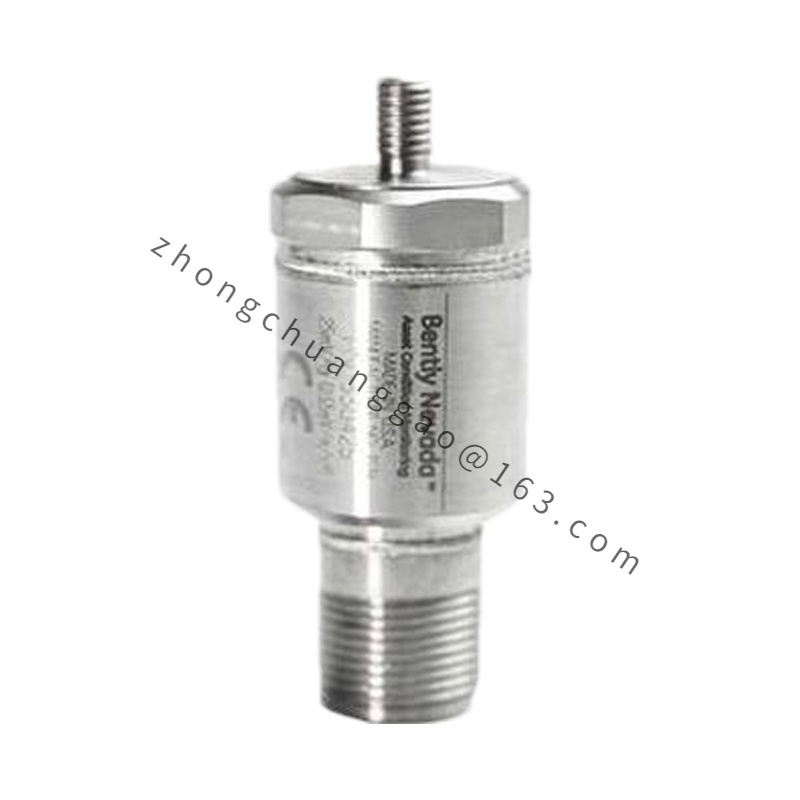
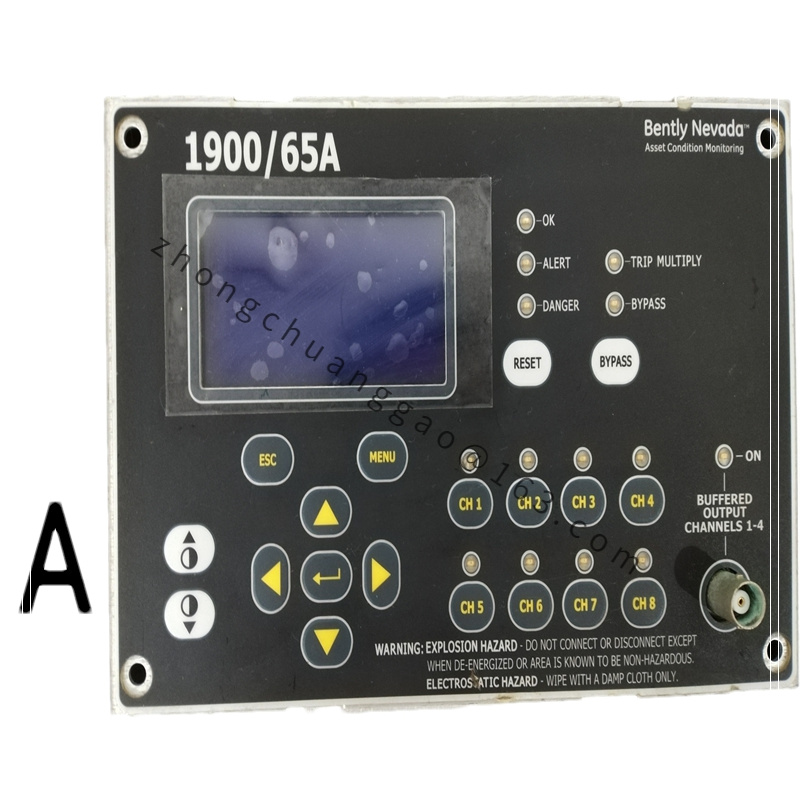
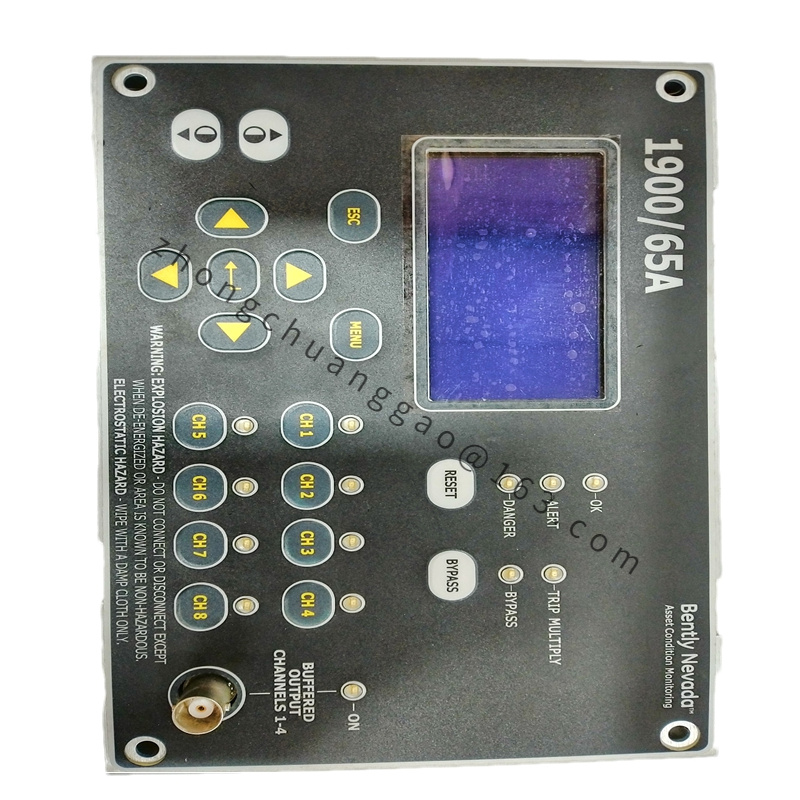
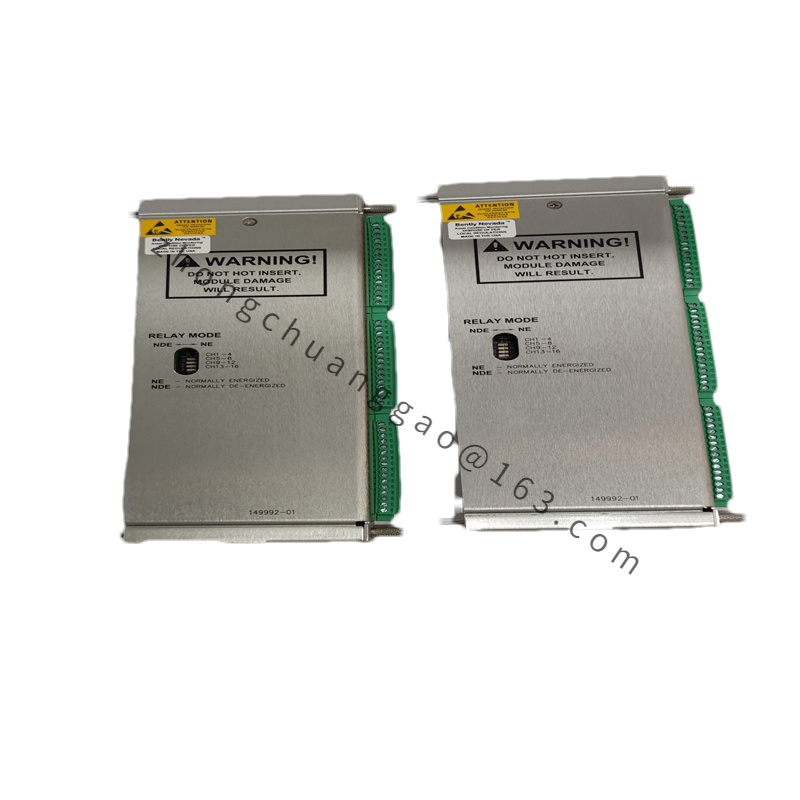
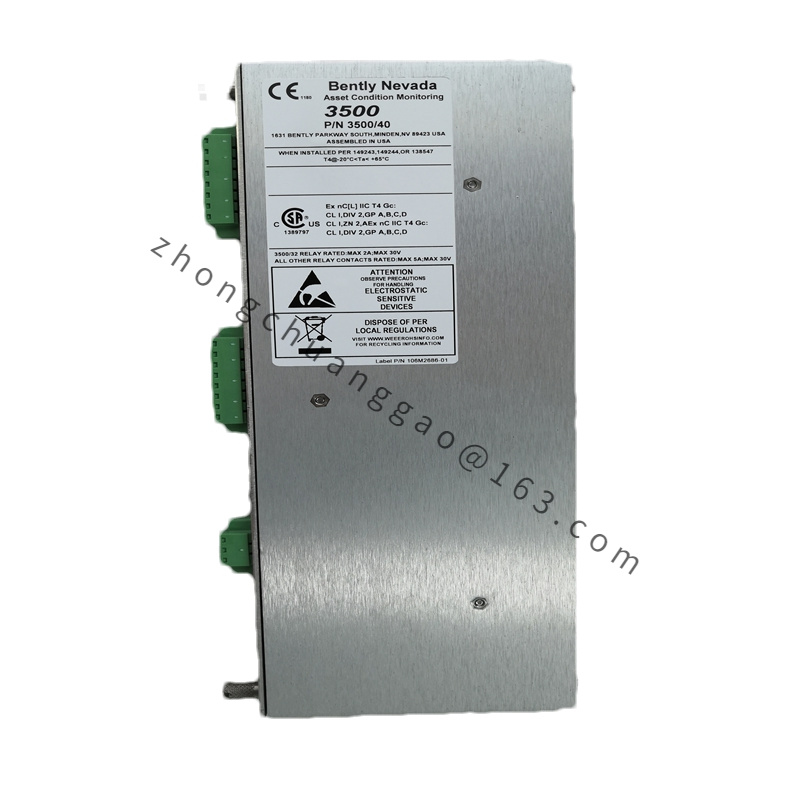
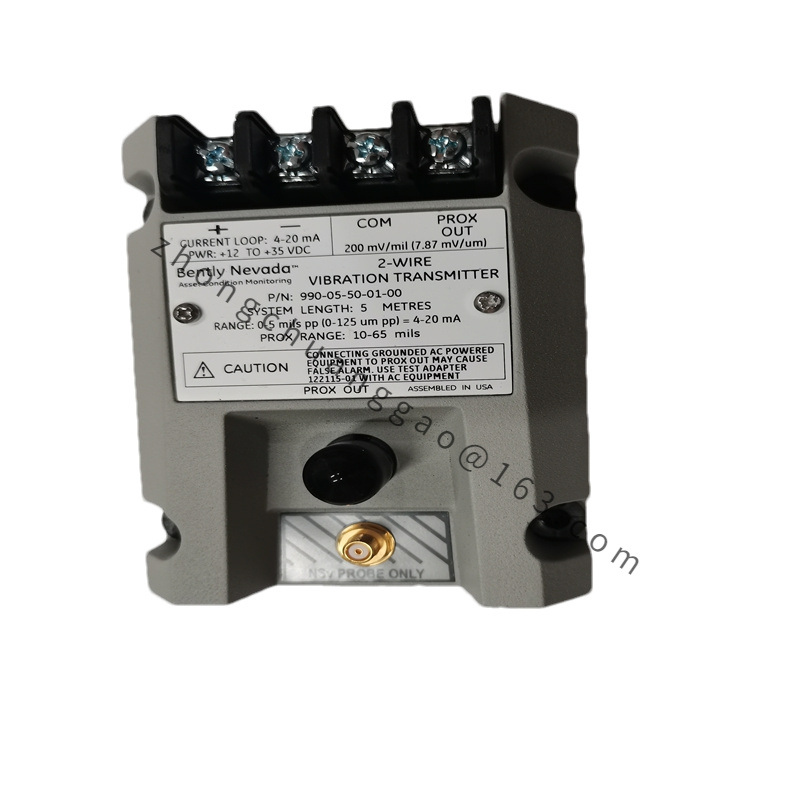
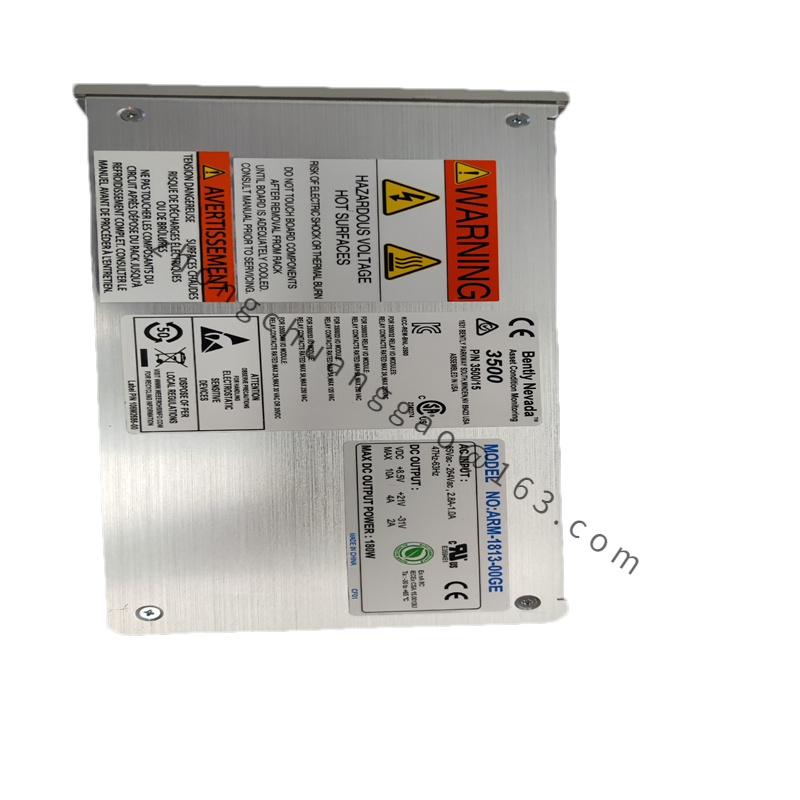
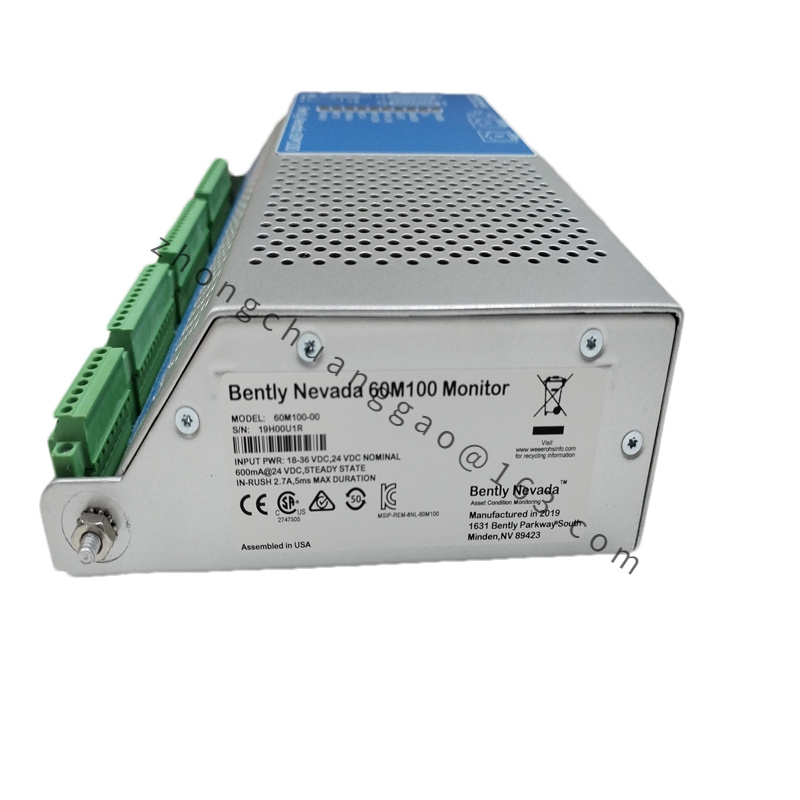
.jpg)